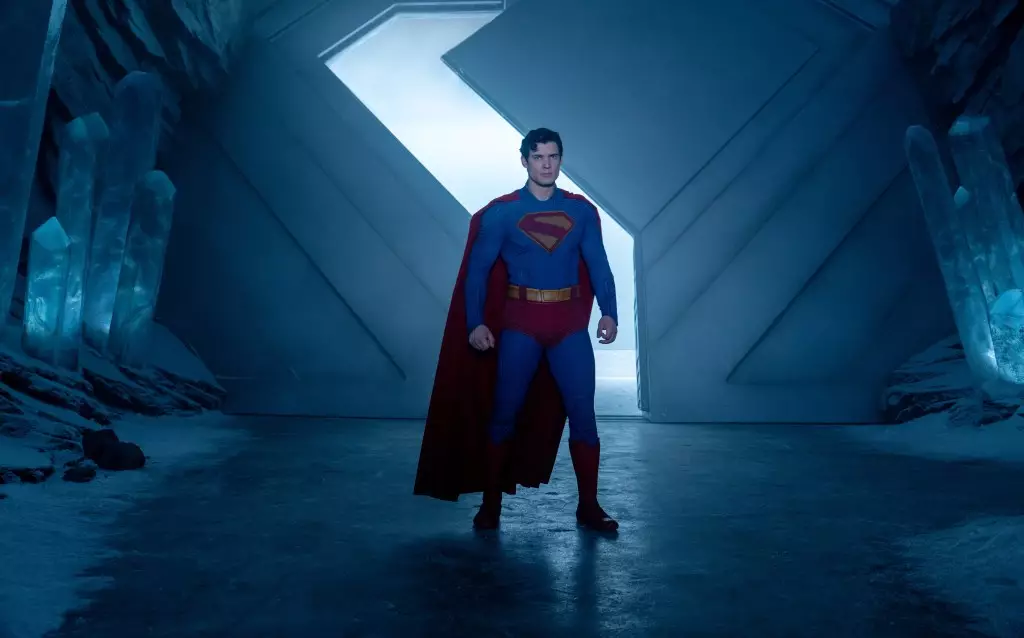Superman’s latest cinematic outing, directed by James Gunn, has kicked off with a remarkable splash—totaling over $40 million in just two days from North America and multiple international markets. On the surface, these numbers seem promising, especially considering the international debut across 78 territories, including heavy hitters like France, Korea, Italy, and Brazil. However, beneath this shiny veneer lies a more complex picture: the global landscape for blockbuster franchises is evolving rapidly, and Superman’s recent performance may not be as universally triumphant as it appears. While early markets like France and Korea show strong openings—often surpassing past franchise benchmarks—the overall global response remains cautious, reflective of a changing consumer mindset that has become more selective and skeptical of studio-led revivals.
The so-called “record-breaking” figures often include previews and limited releases, which can exaggerate the true depth of audience engagement. For instance, France’s debut, though exceeding previous Marvel and DC entries, represents a small slice of the larger market physically and culturally. Similarly, markets like Korea and Italy demonstrated positive metrics but within a context of already saturated superhero fatigue; the passion and enthusiasm of a dedicated comic-book audience are waning, replaced by higher expectations and skepticism about repeated franchise formulas. It remains to be seen whether initial enthusiasm will translate into sustained box office success or if these numbers are merely a temporary spike fueled by fan loyalty and marketing hype.
Market Dynamics and the Power of Strategic Releases
One of the most intriguing aspects of Superman’s opening is the strategic rollout across numerous international markets, with each country’s performance signaling distinct trends. For example, Brazil’s $2 million opening day—marking the largest ever for James Gunn—indicates a robust regional fan base and confidence in Gunn’s vision. Meanwhile, markets like Australia, selling over a million dollars on day one, show that well-targeted marketing and timing (such as the long Australian holiday period) can play crucial roles in initial success. Conversely, China’s opening, at roughly $2.4 million, hints at a lukewarm reception that could be symptomatic of broader issues—cultural disconnects, stricter censorship, or simply different audience preferences.
The emphasis on IMAX and premium screens underscores a focus on high-margin, premium experiences rather than broad mass-market appeal. While 18% of the international gross from just 26 locations came from IMAX, this may reflect a high-income demographic or a strategic attempt to recoup costs faster. Yet, relying too heavily on luxury screenings risks alienating broader audiences and misjudging the franchise’s seasonality or market resilience. The early international performances seem to suggest a potentially promising start but not a definitive declaration of global dominance—especially considering the recent performance of other superhero offerings that have struggled to maintain momentum post-opening.
Challenges Ahead: Market Fatigue and Franchise Fatigue
Despite encouraging figures from select regions, Superman faces an uphill battle in sustaining interest amid global franchise fatigue. The widespread skepticism toward superhero movies, driven by an oversaturation of sequels and reboots, casts a shadow over this particular launch. The high-profile movement toward cinematic universes—once the golden standard—is now under scrutiny, with audiences increasingly craving originality and narrative depth. Superman’s brand, once emblematic of hope and heroism, risks becoming a victim of its own history if the storytelling fails to innovate beyond mere spectacle.
Moreover, the critical reception and audience word-of-mouth will ultimately determine whether this Superman can achieve longevity or if it will fade quickly behind a barrage of similar titles, each struggling to distinguish itself. The box office figures, while seeming strong, are only the beginning of a much longer journey. The real test lies in repeat viewings, international staying power, and whether the film attracts audiences outside of dedicated comic fans. Given the current trajectory, Warner Bros. and DC might feel optimistic—yet should remain cautious. Market realities suggest that temporary successes often lead to short-lived franchises unless backed by compelling storytelling that transcends the initial spectacle.
In the evolving landscape of global cinema, Superman is at a crossroads—set to either reassert its cultural relevance or succumb to the realities of market fatigue and shifting audience preferences. While early numbers spark hope among studio executives, they also serve as a reminder that initial buzz does not guarantee sustained success. The franchise’s future will depend heavily on how well it adapts to the new consumer demands—favoring innovation over repetition, and stories over spectacle. That we are at this pivotal juncture is undeniable; whether Superman can rise from these promising beginnings to become a enduring cultural icon or merely a fleeting spectacle remains to be seen.

